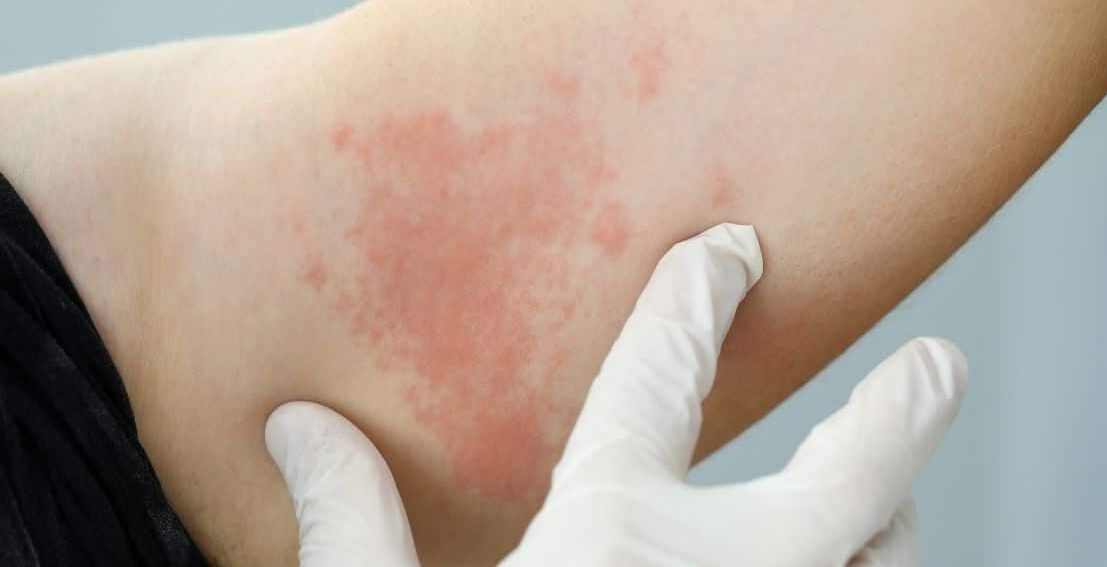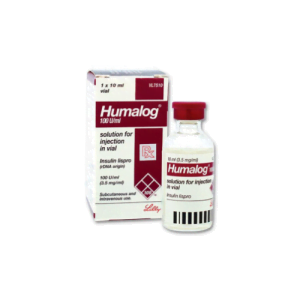Skin Problems Associated with Diabetes
Uncontrolled blood sugar levels can lead to different health complications, and one of them involves the largest organ of the body, the skin. In this article, you will learn the relationship between skin problems and diabetes, including the most common skin conditions associated with this metabolic disease. Read on to learn more.
The development of skin problems serves as a warning for the onset of diabetes. On the other hand, diabetes can also pave the way for new skin problems to develop and make existing ones severe.
In people with type 2 diabetes, their body becomes incapable of using glucose or sugar well. This occurs when the body doesn’t respond to insulin efficiently, making it challenging to manage blood glucose levels. Such a process can lead to hyperglycemia or very high levels of sugar. If this gets worse, the high amount of glucose in the blood can cause severe damage throughout the body. These damages involve the skin and its range of infections or extreme conditions.
What Causes Diabetes-Related Skin Problems?
The following factors explain why skin problems occur due to diabetes:
- Untreated diabetes can lead to damage to the blood vessels and nerves. This damage can lead to decreased circulation and blood flow to the skin. Such a process can cause dermal changes, primarily affecting collagen. Without the collagen’s proper functions, the skin can lose its natural appearance and texture.
- One of the recipients of uncontrolled diabetes is the skin cells. An impairment of these cells affects the ability to sweat. This also increases the skin’s susceptibility to environmental factors, such as damaging temperature and pollution.
List of Diabetes Skin Problems
Although anyone can have the following skin problems, people living with diabetes can acquire them more easily. These are as follows:
Bacterial Skin Infections
- Bacterial infections are a common occurrence in people with diabetes. These infections include eyelid styes, boils, folliculitis (hair follicles), carbuncles (deep skin infection), and nails. The infected areas can also be painful, hot, red, and swollen. The treatment for these types of infections involves antibiotic creams and pills.
Fungal Infections
- The most common fungal infection that people with diabetes acquire is known as Candida Albicans. It is almost similar to yeast infection, which triggers itchy skin rashes and blisters. This infection occurs in warm skin regions, especially in moist folds. They can appear around the nails, between the finger or toes, and under the breasts. Other than Candida Albicans, other fungal infections like athlete’s foot, vaginal infection, ringworm, and jock itch can happen in people with diabetes.
Itchy Skin
- Although a common condition that everyone experiences, itchy skin is almost expected to occur in people with diabetes. It has many causes, such as skin dryness, poor blood circulation, and yeast infection. Its main form of treatment includes applying moisturizer or lotion or bathing less often.
Diabetic Blisters
- One of the rarest skin problems due to irregular blood sugar levels is diabetic blisters. These blisters develop on the back of the hands, fingers, and toes. Not to worry, though, as these blisters can heal on their own after a few days. Additionally, they are painless, and it only takes proper blood sugar management to prevent them.
Foot Ulcer
- There is a reason why doctors recommend people with diabetes to always take good care of their feet. Why? This is mainly because one of the most serious complications of diabetes is neuropathy or nerve damage. When this occurs, some parts of your body, especially your feet, lose sensation. For example, if you happen to injure your foot or cut it, you are not able to feel it because of nerve damage. This cut or open sore can lead to a foot ulcer, a major skin problem. Without treatment, it can get severe, and infections can happen.
How to Prevent Diabetes Skin Problems?
There are a lot of ways to prevent skin problems due to diabetes. The following are some approaches you can take and perform seriously:
- Manage your diabetes well.
- Keep your skin clean.
- Avoid hot showers.
- Prevent dry skin by applying moisturizer or lotion.
- If cuts or wounds occur, treat them right away.
- Use antibiotic creams or solutions to treat skin wounds.
- Keep your home humid during dry months.
- Take good care of your feet.
- Visit a dermatologist if you are unable to treat your skin problems.
Doctor’s Recommendation
Diabetes happens when the body has trouble using insulin to regulate blood sugar levels. This can lead to high levels that may harm organs, including the skin. Skin problems like infections and ulcers may need medical help to prevent complications. Changes in your skin, like AN, can indicate high blood sugar levels. If you notice this, talk to your doctor to review your treatment plan.















